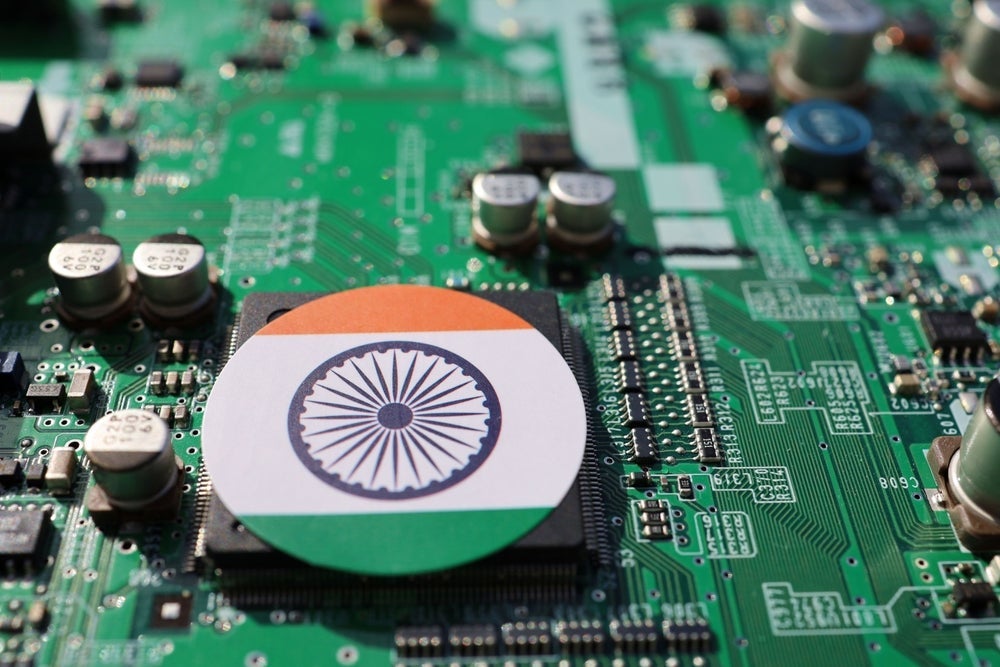India and the US have reached a groundbreaking agreement to establish a semiconductor fabrication plant in India.
This pivotal announcement followed a meeting between Prime Minister Narendra Modi and US President Joe Biden during the Quad Summit, which included Australia, India, Japan, and the US.
What is the agreement about?
The joint initiative, referred to as a “watershed arrangement,” marks the first semiconductor fabrication alliance between India and the US.
The proposed plant will produce advanced semiconductors, including infrared, gallium nitride, and silicon carbide chips, primarily for military hardware and critical telecommunications applications. The project will benefit from India’s semiconductor mission and a strategic technology partnership involving Bharat Semi, 3rdiTech, and the US Space Force.
Semiconductor project expectations
This facility will not only be India’s first semiconductor plant but is also set to be among the world’s pioneering multi-material fabs focused on national security. It represents a significant milestone, marking the first instance of US military engagement in a high-value technology partnership with India.
The project is expected to enhance collaboration in advanced technologies, significantly boosting India’s capabilities in the semiconductor sector while addressing critical needs in military and telecommunications applications.
India’s economic impact
The semiconductor fabrication plant is set to positively impact the local economy by creating jobs in manufacturing, engineering, and management, as well as in logistics and supply chain services.
This increased demand for skilled labour will drive enhancements in training and education, benefiting various high-tech industries. Higher employment levels will boost disposable income, positively influencing local businesses and services. The plant will position India competitively in the global semiconductor supply chain, attracting further investments and fostering innovation through collaborations with research institutions.
Ultimately, this initiative will reduce import dependency, enhancing national security and supply chain resilience.
Challenges ahead for the semiconductor partnership
The partnership between India and the US to establish a semiconductor fabrication plant will face several potential issues.
Navigating India’s complex regulatory landscape may slow down project implementation and create bureaucratic challenges. Additionally, inadequate local infrastructure to support high-tech manufacturing could reduce operational efficiency and impact logistics.
There will also be a risk of supply chain dependencies, as reliance on external suppliers for certain materials and technologies might pose challenges, especially during periods of heightened geopolitical tensions.
Furthermore, while the initiative aims to enhance skill development, an initial shortage of trained personnel in advanced semiconductor manufacturing could hinder progress. Political dynamics in either country may also impact commitments and support for the partnership.
Global positioning in semiconductors
India will encounter stiff competition from established semiconductor powerhouses like China and South Korea.
China, with significant state investment and a large manufacturing base, has a well-established semiconductor ecosystem and aims for self-sufficiency in chip production.
South Korea, home to leading companies like Samsung and SK Hynix, boasts advanced technology and substantial R&D capabilities, making it a strong player in the global market.
Despite these challenges, India has the opportunity to carve out a significant presence in the semiconductor industry. By utilising its large pool of engineering talent, fostering innovation through research partnerships, and attracting foreign investments, India can develop a competitive edge.
The strategic partnership with the US may provide access to advanced technologies and best practices, further enhancing India’s semiconductor capabilities and reducing import dependency. Establishing itself as a reliable player in the supply chain for critical technologies could solidify India’s position in the global market.
Long-term potential
The long-term potential of the semiconductor fabrication plant initiative is significant, positioning India as a global hub for semiconductor manufacturing and driving economic growth and technological advancement.
This collaboration could foster a robust ecosystem for electronics, enhance India’s role in the global supply chain, and attract foreign investment, leading to job creation and skill development. Additionally, it may stimulate innovations in areas like artificial intelligence and defence technology, while reducing import dependency and strengthening national security.
Ultimately, this initiative could pave the way for future strategic alliances between India and the US, establishing a foundation for lasting economic partnerships.






